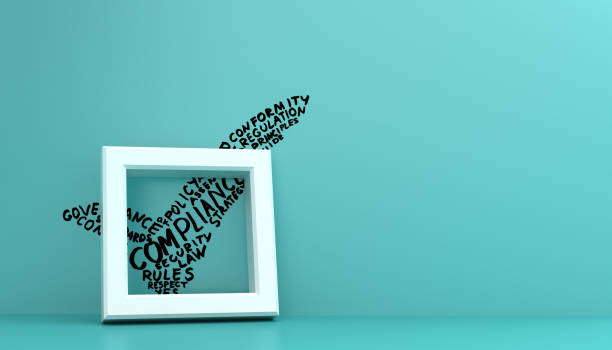
Future of GRC: Embracing Continuous Improvement and Innovation in Governance, Risk, and Compliance
In the ever-evolving landscape of business, the role of Governance, Risk, and Compliance (GRC) has become increasingly pivotal. As organizations navigate complex regulatory environments, technological advancements, and global uncertainties, the future of GRC lies in embracing continuous improvement and innovation. This article explores how the integration of technology, proactive strategies, and a culture of adaptability can shape the future of GRC, ensuring resilience and effectiveness in an ever-changing business world.
The Evolving Dynamics of GRC:
Gone are the days when GRC was viewed as a mere box-ticking exercise. The future of GRC demands a shift from a reactive to a proactive approach. Organizations must anticipate challenges, identify opportunities, and foster a culture of continuous improvement to stay ahead of the curve.
Integration of Technology:
Technological advancements play a central role in the future of GRC. Automation, artificial intelligence, and data analytics are transforming how organizations manage governance, assess risks, and ensure compliance. Integrated GRC platforms are streamlining processes, providing real-time insights, and enhancing decision-making capabilities.
Proactive Risk Management:
The future of GRC calls for a paradigm shift in risk management – from risk mitigation to proactive risk identification and prevention. Organizations are leveraging predictive analytics and scenario planning to identify potential risks before they escalate. Proactive risk management strategies enable businesses to navigate uncertainties with agility.
Agile Governance Structures:
Traditional governance structures may struggle to keep pace with the dynamic nature of modern business. The future of GRC involves embracing agile governance structures that enable organizations to respond swiftly to changes in the internal and external environment. This flexibility ensures that governance practices remain relevant and effective.
Cultural Embrace of Compliance:
Compliance should not be seen as a mere obligation but as an integral part of an organization’s culture. The future of GRC hinges on instilling a deep understanding and commitment to compliance at all levels of the organization. This cultural embrace of compliance reduces the risk of violations and fosters a reputation of integrity.
Real-time Monitoring and Reporting:
In the future of GRC, the ability to monitor and report in real-time will be paramount. Organizations are leveraging advanced reporting tools to provide stakeholders with timely and accurate information on governance practices, risk exposure, and compliance status. Real-time insights empower decision-makers to take informed actions swiftly.
Stakeholder Collaboration:
Effective GRC extends beyond the boundaries of individual departments. Collaborative efforts among stakeholders, including executives, employees, regulators, and third-party partners, are crucial. The future of GRC emphasizes open communication channels and collaborative platforms to ensure that everyone plays a role in maintaining a resilient GRC framework.
Data Privacy and Security:
As data becomes an increasingly valuable asset, the future of GRC includes a heightened focus on data privacy and security. Organizations must ensure that their GRC strategies include robust measures to protect sensitive information, comply with data protection regulations, and build trust with stakeholders.
Ethical Governance Practices:
The future of GRC places a spotlight on ethical governance practices. Organizations are recognizing the importance of aligning governance structures with ethical principles. This involves not only compliance with laws and regulations but also a commitment to ethical decision-making, integrity, and corporate social responsibility.
Continuous Learning and Adaptation:
The future of GRC is inherently linked to a culture of continuous learning and adaptation. Organizations should invest in ongoing training programs, stay informed about regulatory changes, and actively seek opportunities for improvement. This commitment to continuous learning ensures that GRC practices evolve alongside the dynamic business landscape.
Conclusion:
The future of GRC is an exciting frontier where innovation, adaptability, and a commitment to excellence converge. By embracing continuous improvement, leveraging technology, and fostering a culture of proactive governance, organizations can navigate challenges, mitigate risks, and ensure compliance in an ever-changing world. The future of GRC is not just a destination; it is an ongoing journey of evolution and refinement that empowers organizations to thrive amidst uncertainty.


